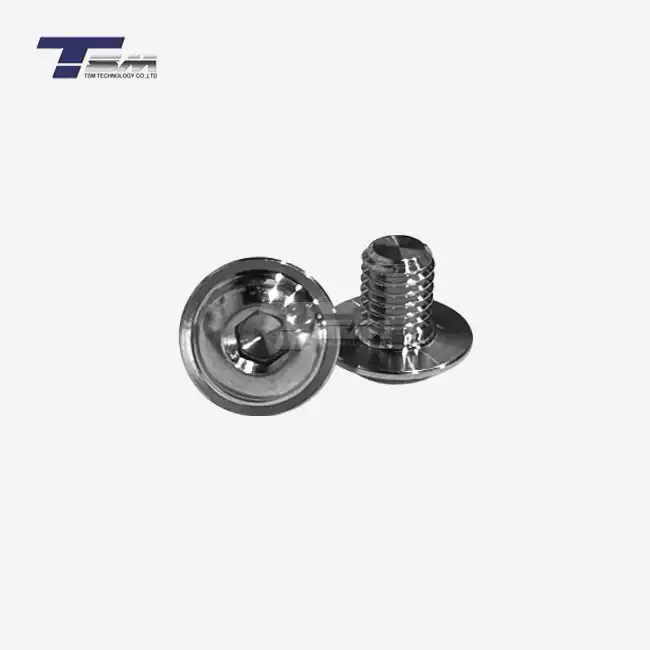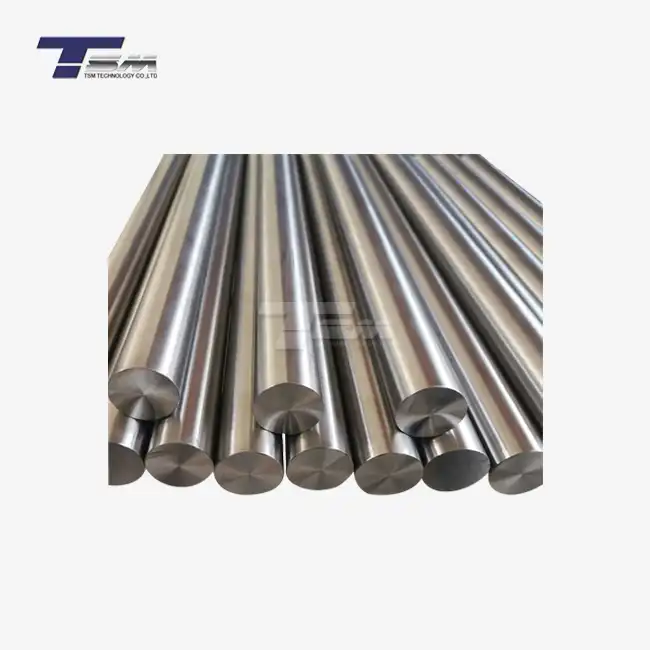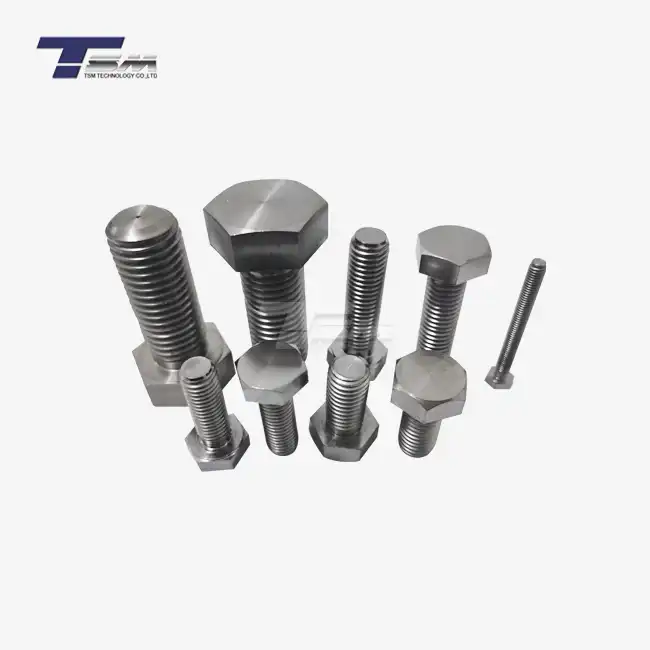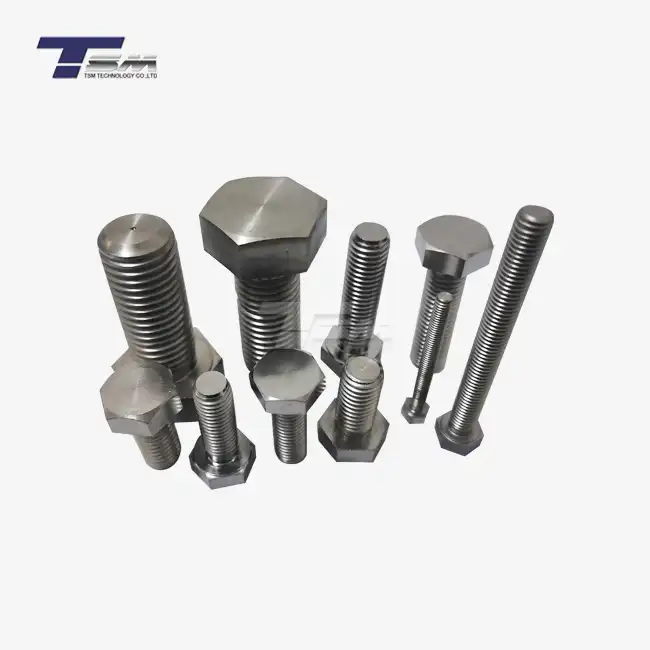The Importance of Secondary Refining in Alloy Production
Understanding the Basics of Secondary Refining
Secondary refining is a critical step in the production of high-performance alloys like Inconel 600. This process involves a series of metallurgical treatments applied to the molten metal after the initial melting stage. The primary goal is to achieve precise control over the alloy's composition, remove undesirable elements, and improve overall quality.

In the context of Inconel 600 bar production, secondary refining is particularly important due to the stringent requirements for chemical composition and mechanical properties. The process allows manufacturers to fine-tune the levels of chromium, nickel, and other alloying elements, ensuring that each Inconel 600 round bar meets the exact specifications demanded by industries such as aerospace, petrochemical, and nuclear power generation.
Key Objectives of Secondary Refining
The main objectives of secondary refining in alloy 600 round bar production include:
- Removal of impurities and inclusions
- Precise control of alloying elements
- Reduction of gases such as hydrogen, oxygen, and nitrogen
- Improvement of overall material homogeneity
- Enhancement of mechanical properties and corrosion resistance
By achieving these objectives, secondary refining ensures that Inconel 600 bars exhibit consistent quality and superior performance in various high-stress environments.
Impact on Material Properties
The secondary refining process significantly influences the final properties of Inconel 600 bars. By carefully controlling the alloy composition and minimizing impurities, manufacturers can optimize key characteristics such as:
- Tensile strength and yield strength
- Ductility and elongation
- Creep resistance at elevated temperatures
- Resistance to stress corrosion cracking
- Oxidation resistance in aggressive environments
These enhanced properties make Inconel 600 round bars suitable for critical applications where reliability and longevity are paramount.
Advanced Secondary Refining Techniques for Inconel 600
Vacuum Degassing
Vacuum degassing is a crucial secondary refining technique employed in the production of high-quality Inconel 600 bars. This process involves subjecting the molten alloy to a high vacuum environment, which effectively removes dissolved gases and volatile impurities. By reducing the levels of hydrogen, nitrogen, and oxygen, vacuum degassing significantly improves the mechanical properties and weldability of the final Inconel 600 round bar.
The benefits of vacuum degassing in alloy 600 round bar production include:
- Reduced porosity and improved soundness of the material
- Enhanced ductility and toughness
- Improved resistance to hydrogen embrittlement
- Better surface quality in the finished product
Argon Oxygen Decarburization (AOD)
Argon Oxygen Decarburization is another essential secondary refining technique used in the production of Inconel 600 bars. This process involves injecting a mixture of argon and oxygen into the molten alloy, allowing for precise control of carbon content and the removal of undesirable elements.
Key advantages of AOD in Inconel 600 bar production include:
- Accurate adjustment of carbon levels to meet specific requirements
- Removal of sulfur and other impurities
- Improved control over nitrogen content
- Enhanced overall cleanliness of the alloy
Electroslag Remelting (ESR)
Electroslag Remelting is an advanced secondary refining process that further enhances the quality and purity of Inconel 600 bars. In this technique, the alloy is remelted under a layer of electrically conductive slag, which acts as a purifying medium.
The benefits of ESR in alloy 600 round bar production include:
- Significant reduction in non-metallic inclusions
- Improved chemical homogeneity throughout the bar
- Enhanced mechanical properties, particularly in terms of fatigue resistance
- Reduced segregation of alloying elements
Quality Control and Testing in Inconel 600 Bar Production
Chemical Composition Analysis
Ensuring the correct chemical composition is paramount in the production of high-quality Inconel 600 bars. Advanced analytical techniques such as optical emission spectroscopy (OES) and X-ray fluorescence (XRF) are employed to verify that each batch of alloy 600 round bars meets the specified elemental requirements.
Key elements monitored in Inconel 600 include:
- Nickel: 72.0% minimum
- Chromium: 14.0-17.0%
- Iron: 6.0-10.0%
- Carbon: 0.15% maximum
- Silicon: 0.5% maximum
- Manganese: 1.0% maximum
Precise control of these elements through secondary refining ensures that Inconel 600 round bars exhibit the desired mechanical and corrosion-resistant properties.
Mechanical Property Testing
Rigorous mechanical testing is conducted on Inconel 600 bars to verify their performance characteristics. These tests evaluate various properties crucial for the alloy's intended applications:
- Tensile strength: Typically ranging from 550-750 MPa
- Yield strength: Usually between 170-345 MPa
- Elongation: Minimum of 30% in most cases
- Hardness: Typically between 120-200 Brinell
By carefully controlling the secondary refining process, manufacturers can consistently produce Inconel 600 round bars that meet or exceed these mechanical property requirements.
Non-Destructive Testing (NDT)
Non-destructive testing methods play a crucial role in ensuring the integrity and quality of Inconel 600 bars. These techniques allow for thorough inspection without compromising the material's structural integrity:
- Ultrasonic testing: Detects internal defects and discontinuities
- Eddy current testing: Identifies surface and near-surface flaws
- Magnetic particle inspection: Reveals surface and slightly subsurface discontinuities
- Liquid penetrant testing: Highlights surface-breaking defects
The application of these NDT methods ensures that each Inconel 600 round bar meets the stringent quality standards required for critical applications in industries such as aerospace, chemical processing, and nuclear power generation.
Conclusion
Secondary refining plays an indispensable role in the production of high-quality Inconel 600 bars, enabling manufacturers to achieve precise control over the alloy's composition, microstructure, and properties. Through advanced techniques such as vacuum degassing, argon oxygen decarburization, and electroslag remelting, producers can consistently deliver Inconel 600 round bars that meet the exacting standards of industries relying on this versatile material. The combination of rigorous quality control measures and state-of-the-art testing ensures that each alloy 600 round bar exhibits the exceptional performance characteristics required for demanding applications in corrosive and high-temperature environments.
Contact Us
For more information about our premium Inconel 600 bars and other superior nickel alloy products, please don't hesitate to contact us. Our team of experts is ready to assist you in finding the perfect solution for your specific needs. Contact TSM TECHNOLOGY today at info@tsmnialloy.com to learn more about our high-quality Inconel 600 round bars and how they can benefit your projects.



